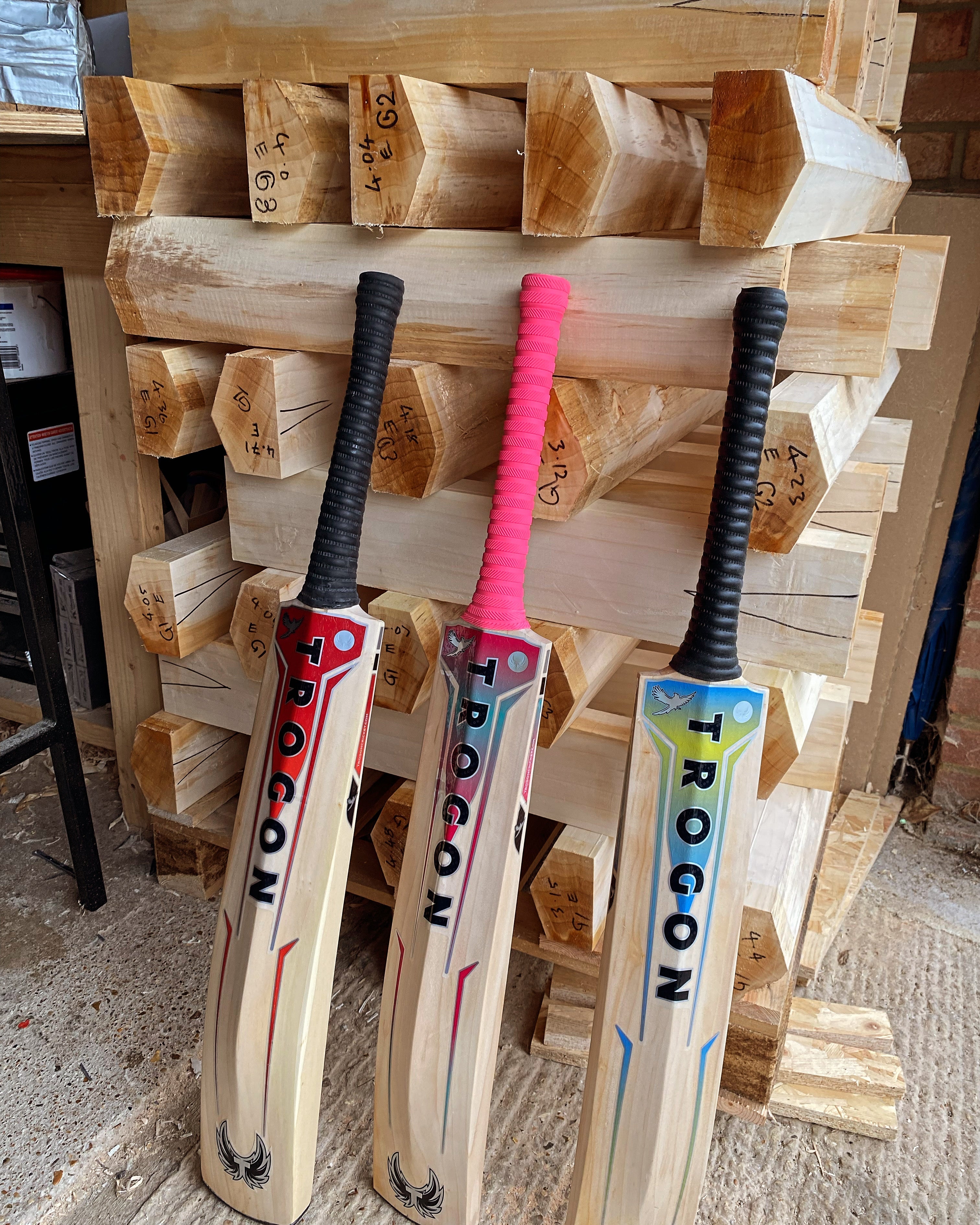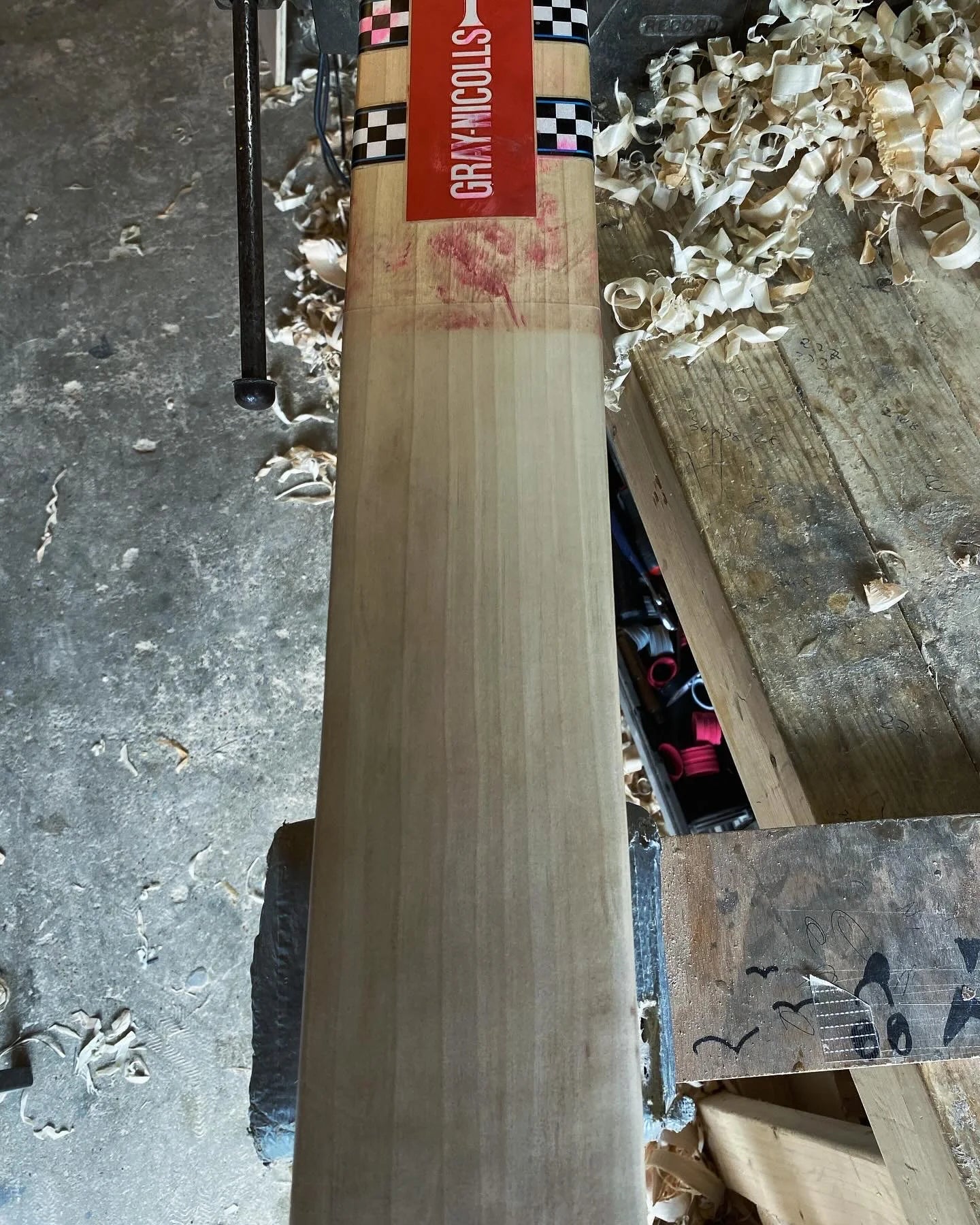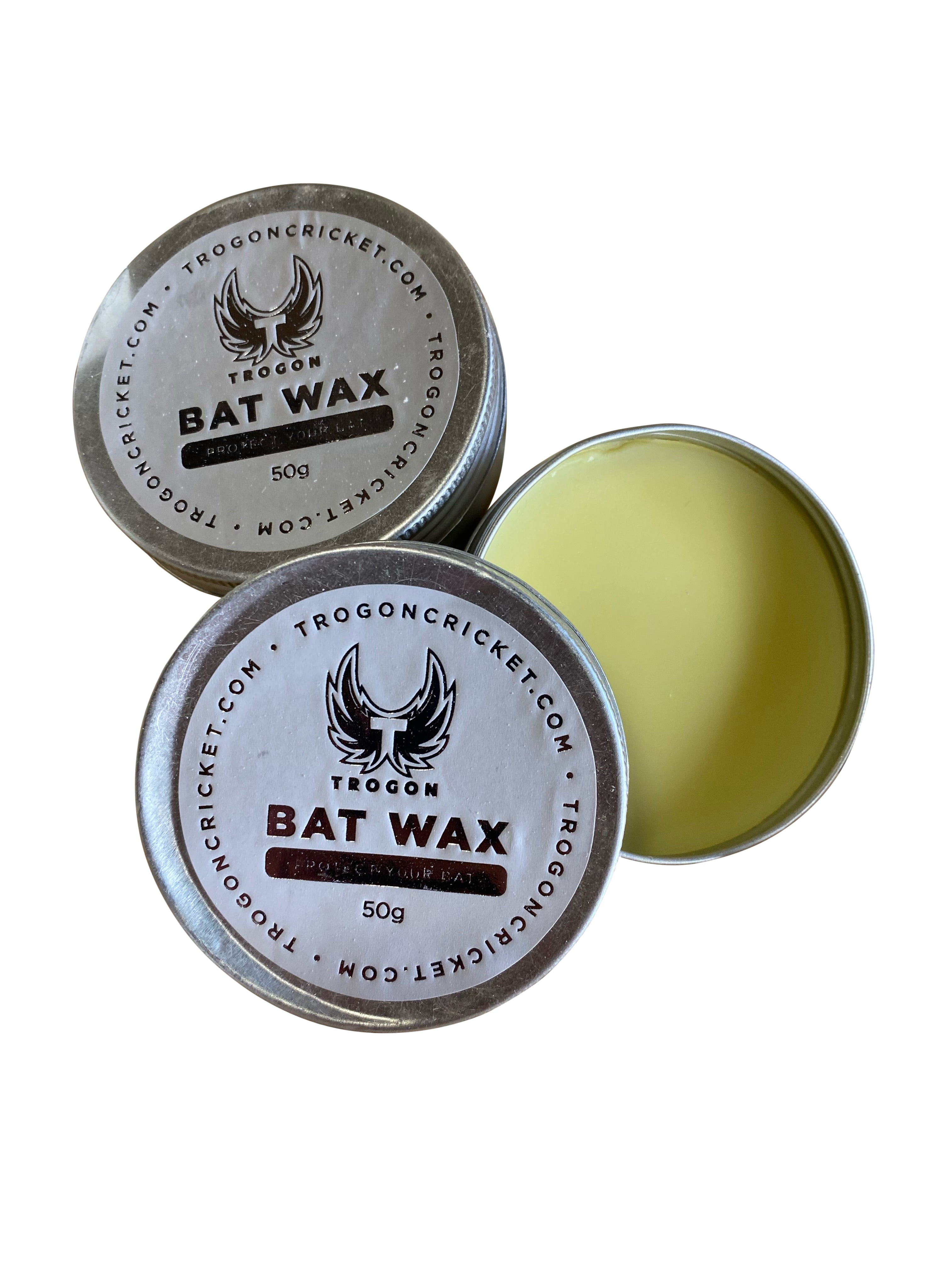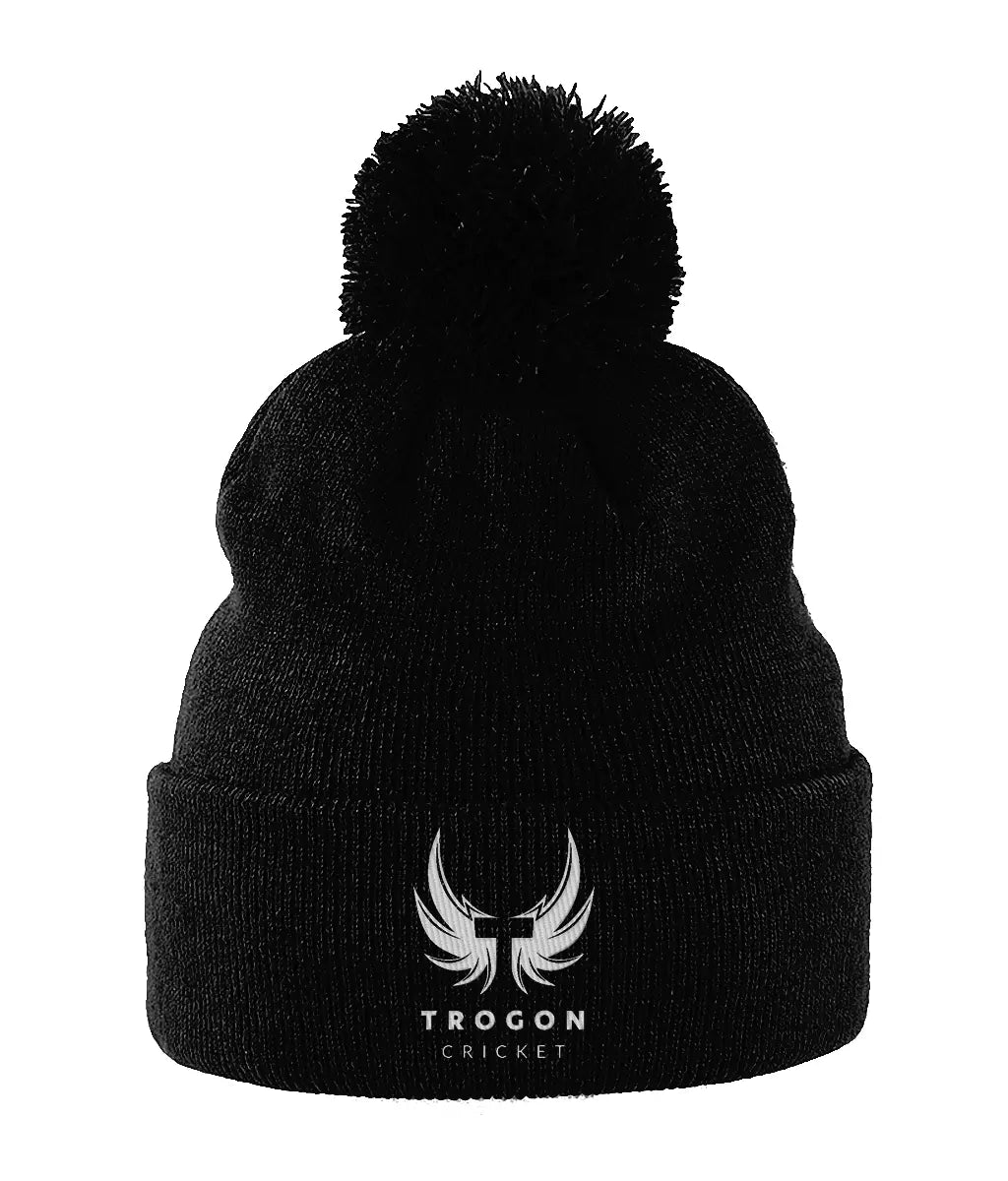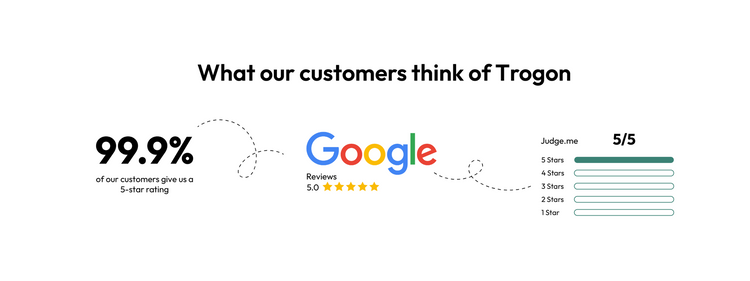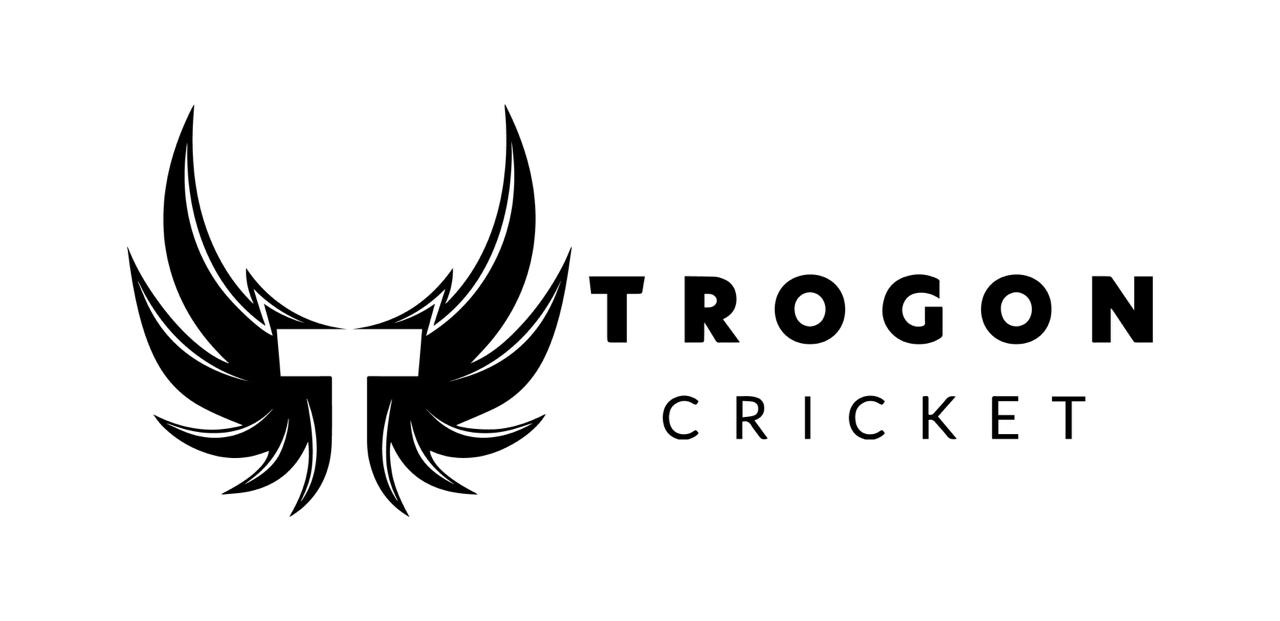Cricket bat toes, often underestimated in their importance, play a pivotal role in the life span of a cricket bat.
As the foundation of every stroke, the toe of a cricket bat is not just 'another part of the bat', but a crucial element that can determine the longevity and effectiveness of your bat.
But why is the thick cricket bat toe so important?
A thicker cricket bat toe enhances durability, reducing breakage risk when hitting low balls or digging out yorkers. It improves shock absorption, protecting players’ hands and allowing a wider range of powerful shots. This robust design extends the bat's lifespan, providing better value and performance.
Right, lets delve deep into why a thicker toe on your cricket bat matters so much.
The Vulnerable Toe on Cricket Bats
The toe of a cricket bat, the lower portion, is arguably its most vulnerable spot. It's the part of the bat that comes in direct contact with the ground and faces the maximum wear and tear, especially when players play front-foot shots or dig out yorkers.
Because of its location and the physics involved, the toe is susceptible to damage, and if not adequately protected, can easily break.
You might wonder, if it's such a critical area, why not ensure that all bats have a robust toe?
The answer lies in the bat-making industry's quest to optimize weight and pick-up while bat makers have different views on the best toe shapes, either square or round(ish)
The Weight vs. Strength Conundrum On Cricket Bats
In the relentless pursuit to make cricket bats that are lighter and easier to pick up, some bat makers choose to compromise on the amount of wood in the toe (worth noting that we are not one of those companies)
A lighter bat can indeed help battesr play their shots more easily and time the ball better. However, this reduction in wood, especially in the toe area, means that the bat isn't as strong as it could or should be!
A cricket bat's overall balance and weight distribution are crucial, but compromising the toe's integrity to achieve this balance might result in more frequent replacements and additional costs in the long run with off season fixes.
On that note, here at Trogon we offer a full end of season refurbishment if you are interested.
Back to the blog post....
After all, a bat that's easier to lift but breaks easily can hardly be considered an advantage.
Trogon's Commitment to Strength
At Trogon, we understand this balance better than most. Our cricket bats boast toes that are between 25mm and 30mm thick.
Such a design choice ensures that our bats are not only optimally weighted and balanced but also robust and long-lasting.
By prioritizing the toe's thickness, we ensure that players don't have to face the dread of seeing their prized bat snap at its most vulnerable spot.
A thicker cricket bat toe also offers other benefits:
- Better Shock Absorption: A substantial toe ensures that the shock from the cricket ball, especially when played close to the ground, is absorbed better, reducing the chances of injury to the player's hands.
- Enhanced Shot Range: With a thicker toe, players can play a broader range of shots with confidence, knowing that their bat will stand up to the challenge.
- Durability: A bat with a robust toe is likely to serve a player longer, ensuring they get value for their investment.
Trogon's Customization: For Every Player's Unique Need
We at Trogon believe that every player is unique, with distinct needs and preferences. That's why we handcraft our cricket bats, tailoring them to suit every shape, size, and personal requirement of the batter, including the toe of the cricket bat.
Whether it's a specific weight, balance point, or even a unique shape, our craftsman are equipped to deliver a bat that's just right for you.
Our commitment to quality and performance ensures that while our bats are customizable, there's one aspect we never compromise on – the toe's strength.
Conclusion
The toe of a cricket bat, often overshadowed by the allure of the sweet spot or the curve of the blade, plays a pivotal role in a player's journey. At Trogon, we recognize and honor its importance by ensuring our bats combine the best of both worlds – optimal weight and uncompromising strength.
So, the next time you pick up a cricket bat, take a moment to appreciate the toe.
And if you're in the market for a reliable partner on the field, remember that Trogon is here, crafting bats that are as unique as you are, ready to face every challenge the game throws at you.
Buying With Confidence from Trogon
If you've reached this point, I sincerely thank you for reading it all through. Your interest and support mean the world to me, and it's greatly appreciated.
Whether you're here to learn more about our cricket bats or other products or just out of curiosity, your engagement makes a real difference. Thank you for being part of our Trogon journey.

Trogon Product Guarantee
6-month guarantee on all cricket bats. That means if you purchase a bat through us and it breaks, as long as it has been knocked in properly, we will replace it like for like. This is our commitment to you on top of your statutory protections when buying products online.
Click on the below link and see the beautiful collections of our handmade round and square toe cricket bats. We have different shapes, sizes and weights - we have a cricket bat for everyone.








